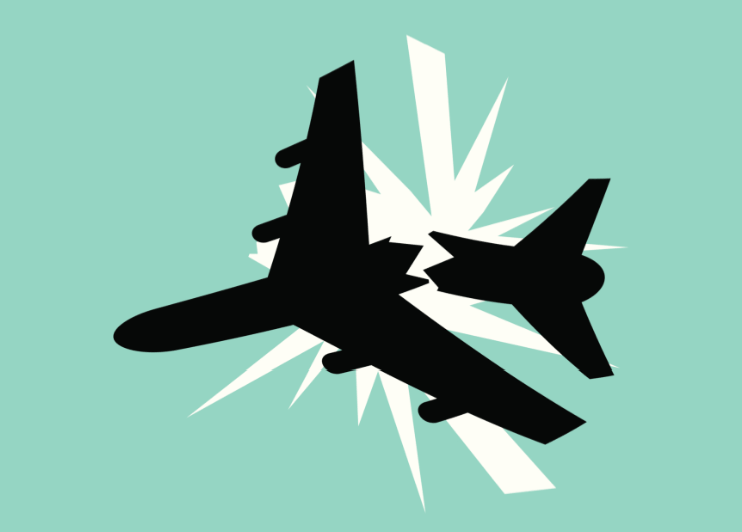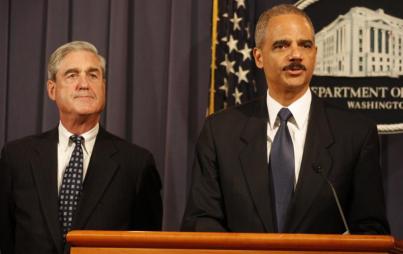
Yet another catastrophe has struck the Malaysian airlines (makes us wonder what they did in a past life) and again the details surrounding the downing of the passenger Boeing 777 in Ukraine are—so far—rather fuzzy. Both the Ukrainian government and Russian separatists deny shooting down the plane, and while the facts are admittedly murky, the separatists’ penchant for attacking military planes is raising suspicions. One thing that is clear however: This is simply not the year for Malaysian Airlines, or its poor passengers.
To provide context for the possibility that the plane was in fact shot down, let’s look at the historical precedence. Because, sadly, this would not be the first time a passenger jet was mistaken by military forces. Three words: Cold War (baby!). During this era of perpetual high alert, airspace was generally a more fraught frontier.
1955: Over-eager Bulgarian fighter jets downed a passenger flight on route from Tel Aviv to London, when that plane accidentally grazed Bulgarian airspace. A poorly-timed thunderstorm added further confusion, and 58 people died on board the passenger plane. Israel was outraged, and Bulgaria hemmed-and-hawed for years.
1973: This time it was Israel’s turn to play aggressor. When a Libyan Airlines flight form Tripoli to Cairo likewise faced a natural disaster—this time a sandstorm—and drifted into Israeli territory. Israeli military jets (on high alert for Yom Kippur) promptly shot it down, killing 108 people. Strangely, Israel received relatively little blow back form the international community.
1978: A Korean Airlines flight from Paris to Seoul found itself on the receiving end of a Soviet heat-seeking missile, after being mistaken for a military plane. Happily, this time the plane was downed—but not destroyed—and only two passengers died. But the Soviets made up for this low-casualty rate five years later . . .
1983: Round II between Korean Airlines and the Soviet Union. This time a flight from New York to Seoul was more thoroughly attacked by Soviet jets, which managed to kill all 269 people on board, including a U.S. Congressman, Larry McDonald (who ironically was known for his staunch opposition to Communism). This incident contributed to making 1983 one of the most tense of the Cold War.
1988: In an incident that still causes deep bitterness in Iran (though it is little-known in the U.S.) an American naval warship in the Persian Gulf mistook and shot down an Iranian Airlines flight to Dubai, killing close to 300 passengers. While President Ronald Reagan initially responded to the incident as a "proper defensive action” (yikes), the U.S. later agreed to pay compensation to the victims.
2001: The lone non-Cold War shoot-down also occurred in Ukraine, and likewise involved Ukrainian-Russian intrigue. A Siberian Airlines flight from Tel Aviv crashed into the Black Sea, killing 78 on board. The Ukrainian government at first denied responsibility (apparently to go-to response for offending governments), but later conceded to the outcome of an investigation finding the plane was accidentally brought down by Ukrainian anti-aircraft missiles during an air defense exercise. Oops.
Clearly these sorts of incidents are no good for foreign relations, and given the current crisis going on in Ukraine between that state and Russian-backed separatists, a conclusion that the flight was shot down would likely add more third-party pressure for the violent separatists to cool their jets. (Get it?)
Image: Thinkstock






